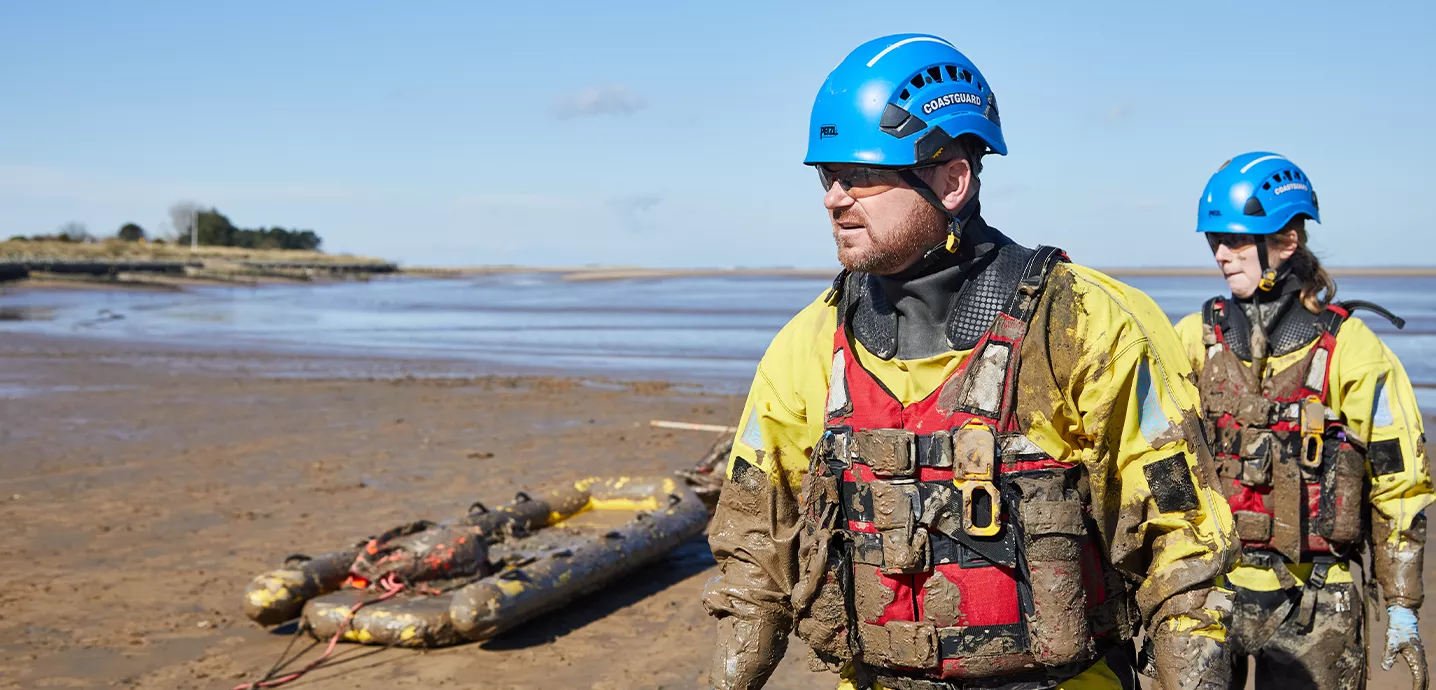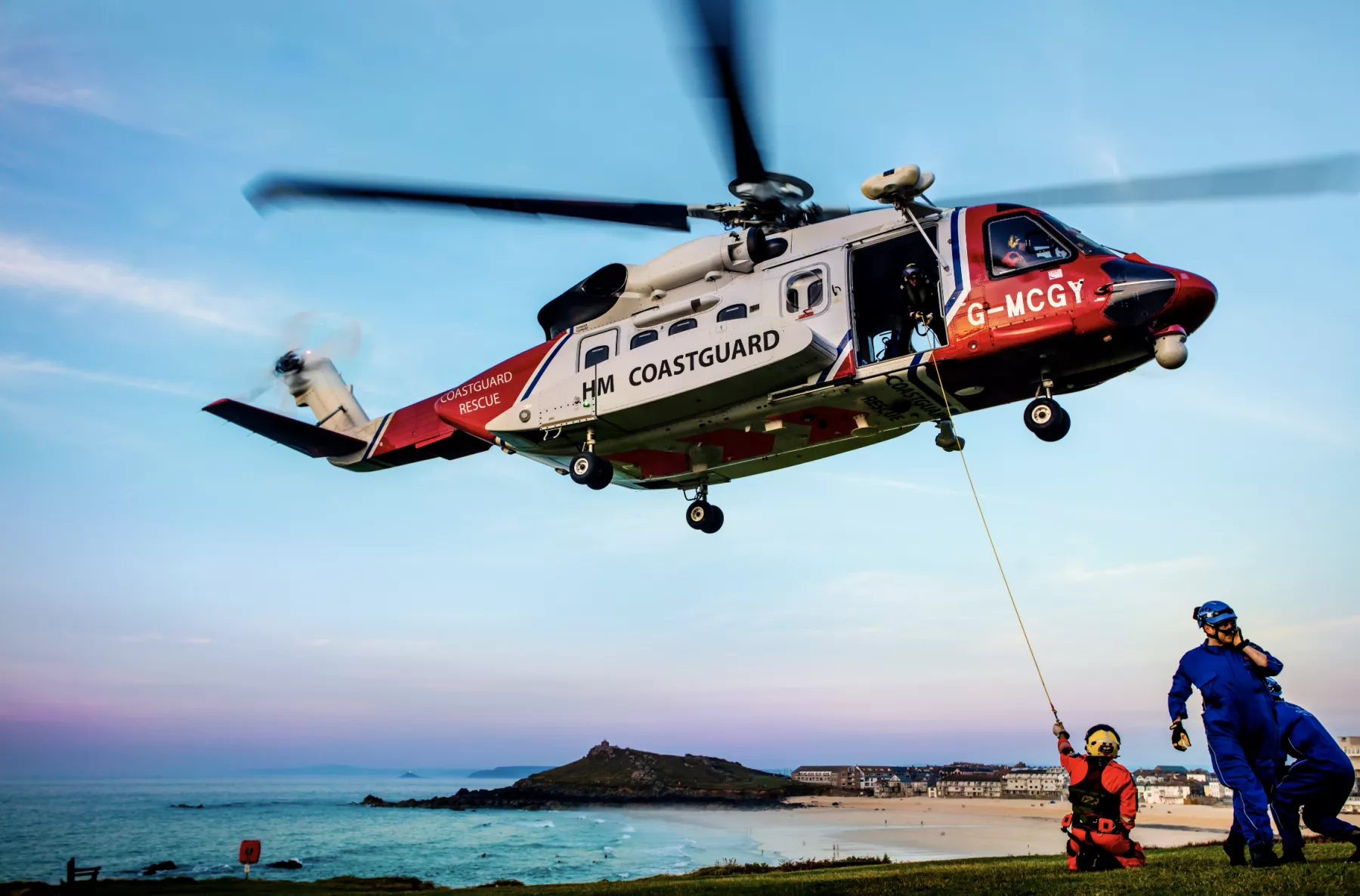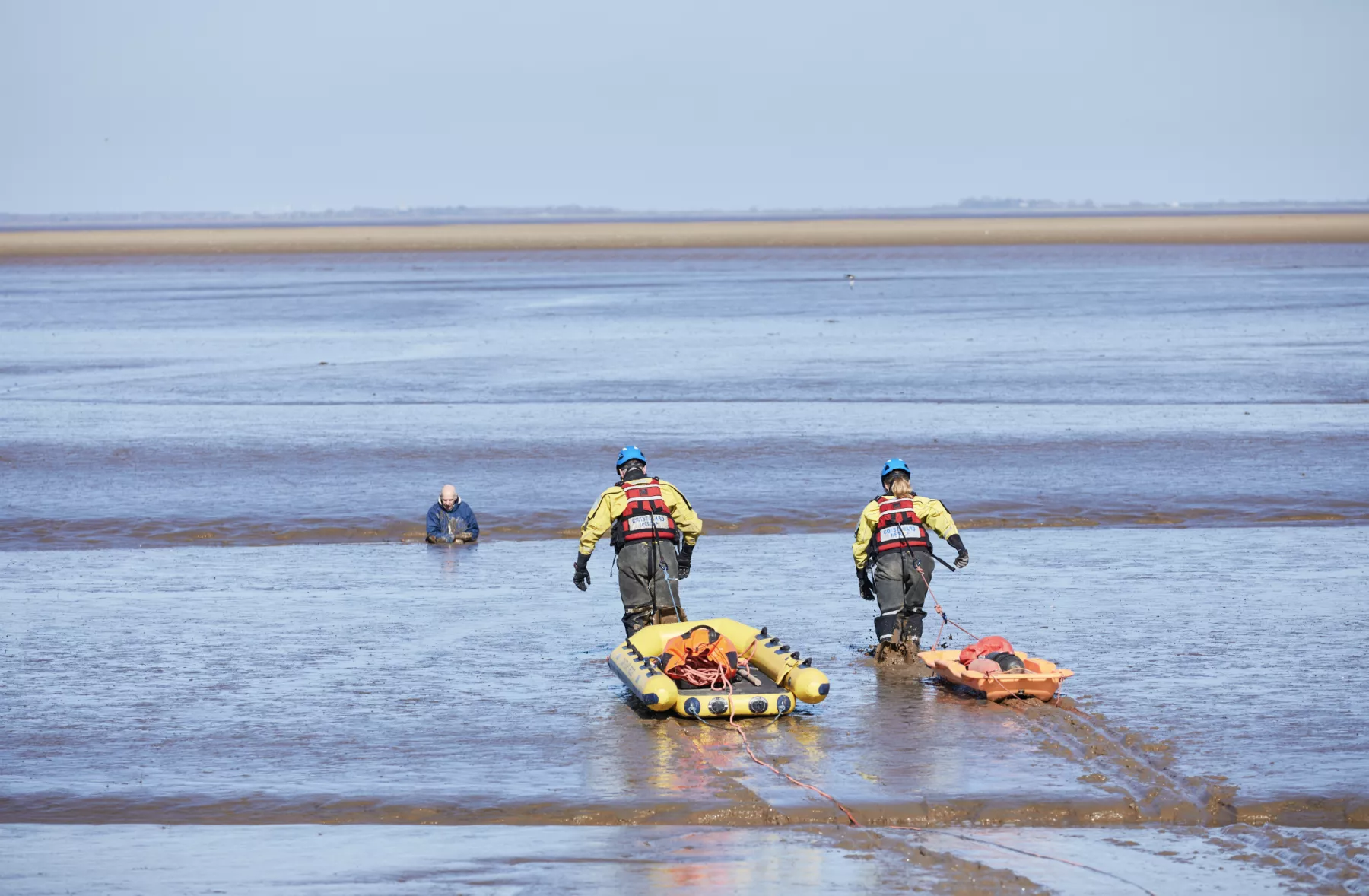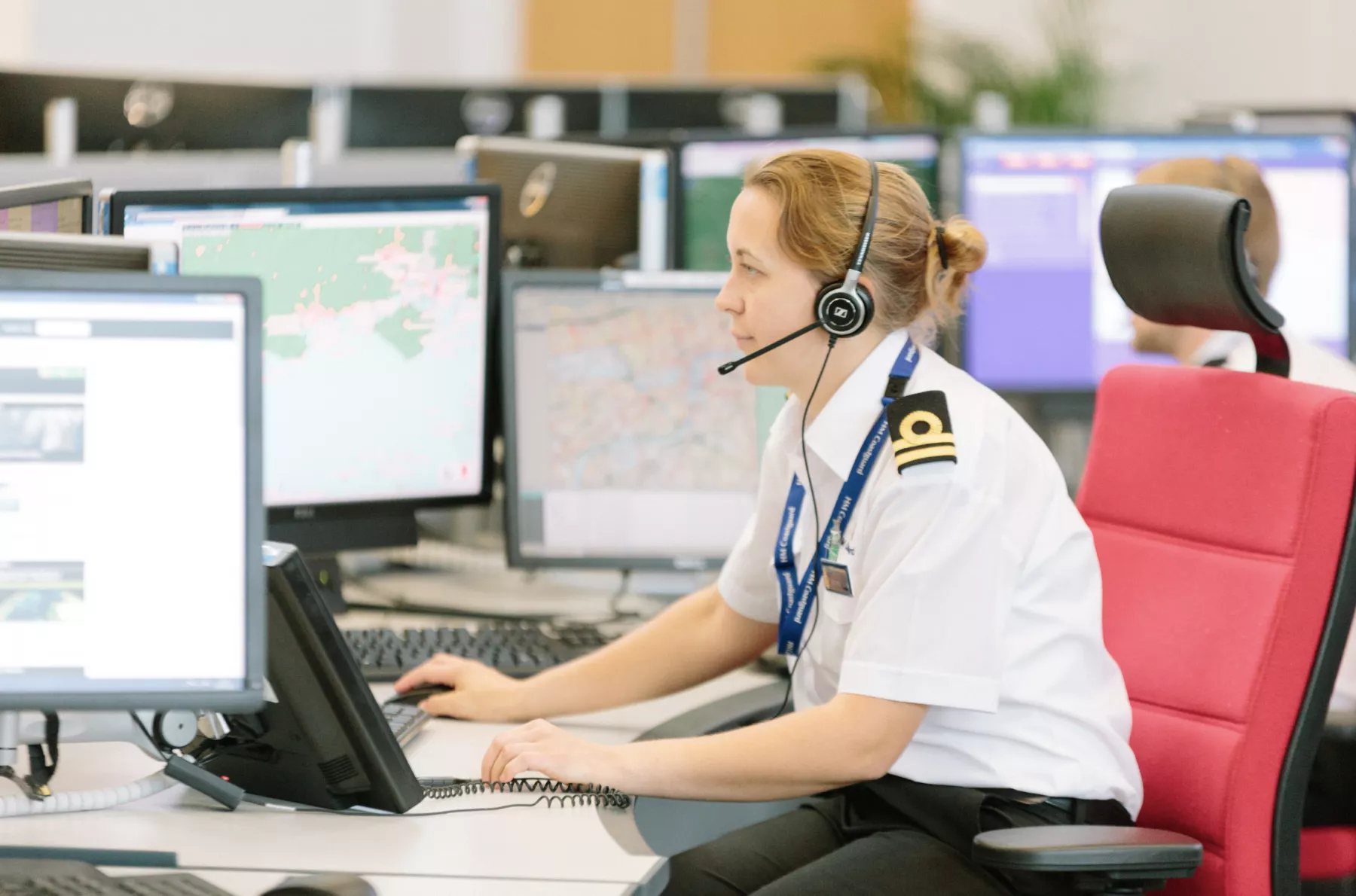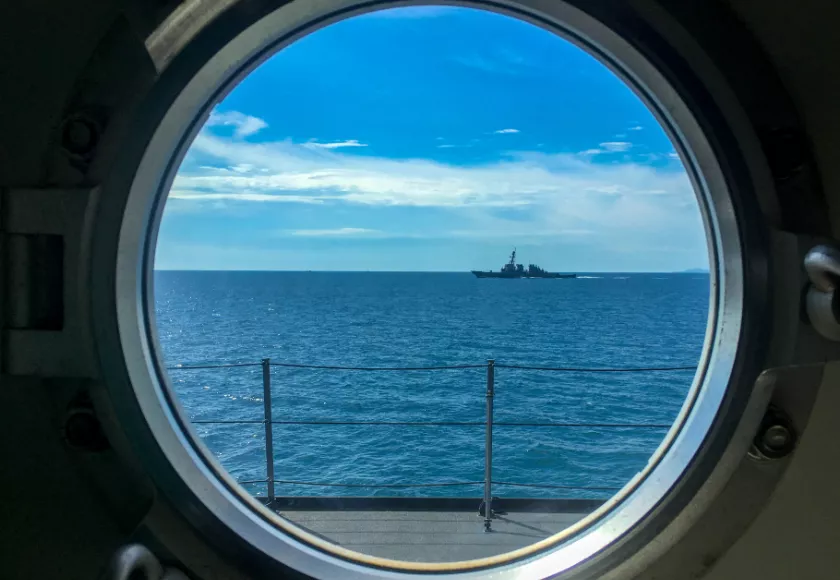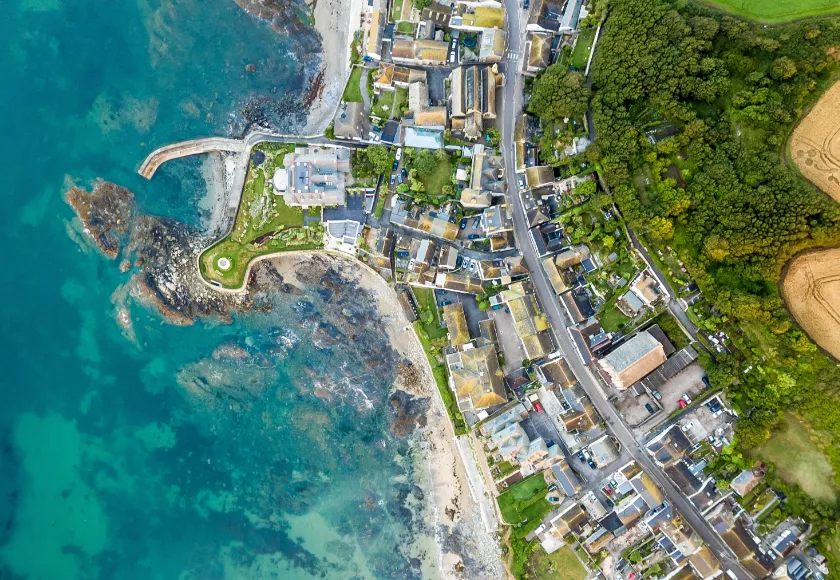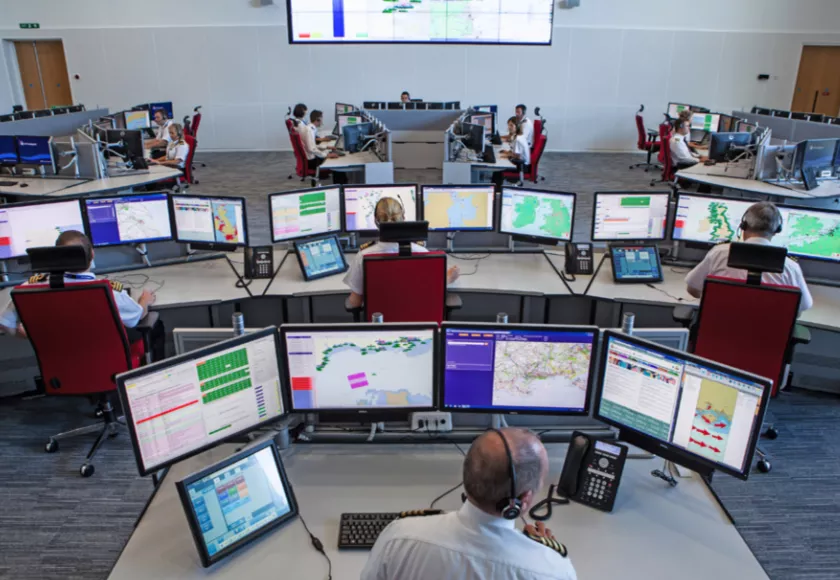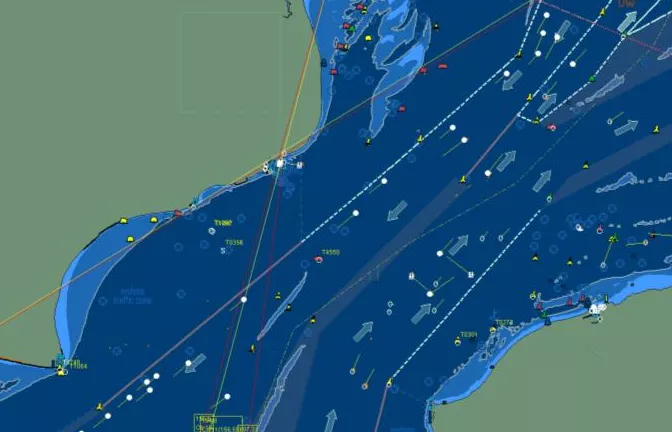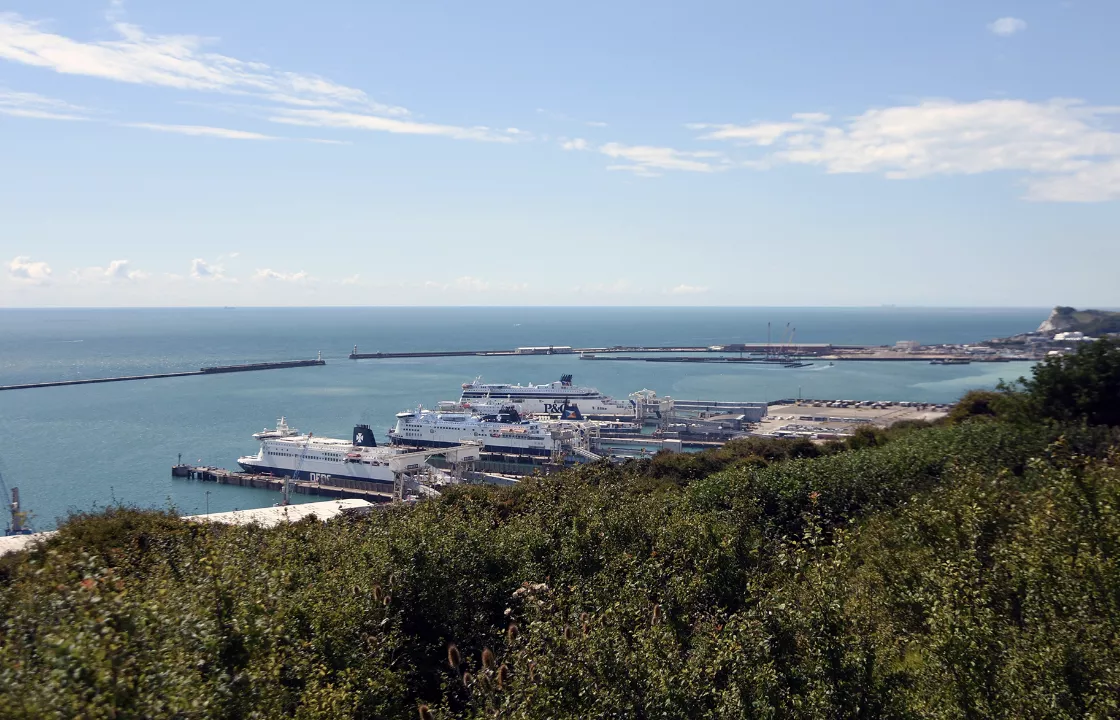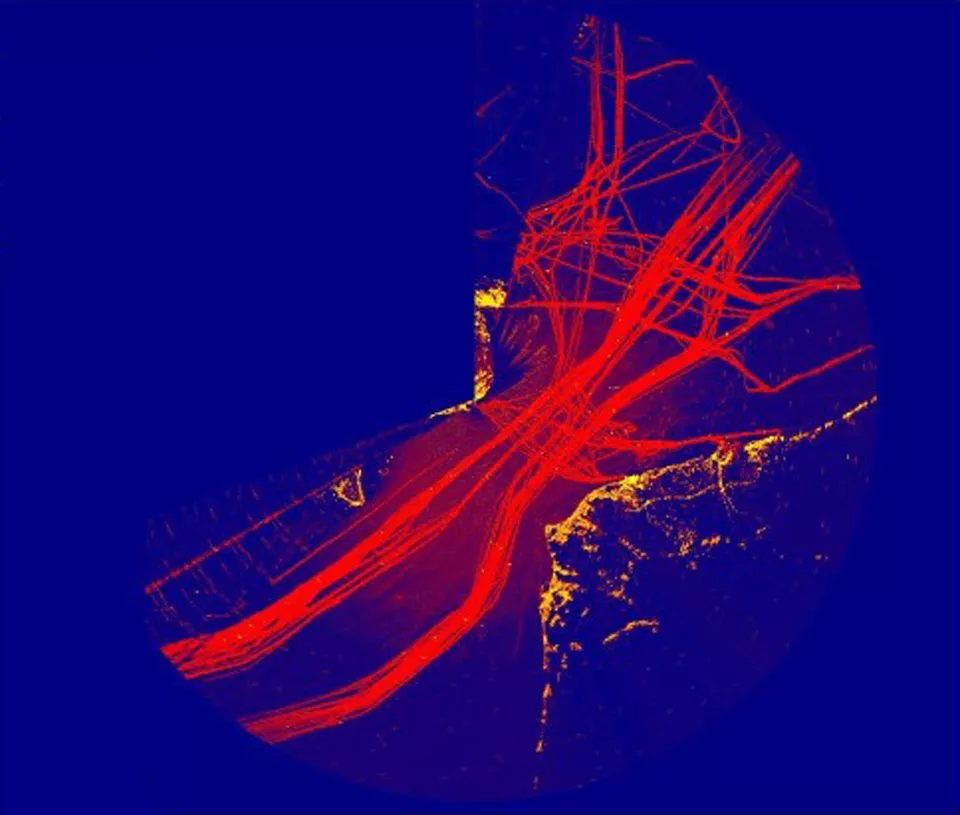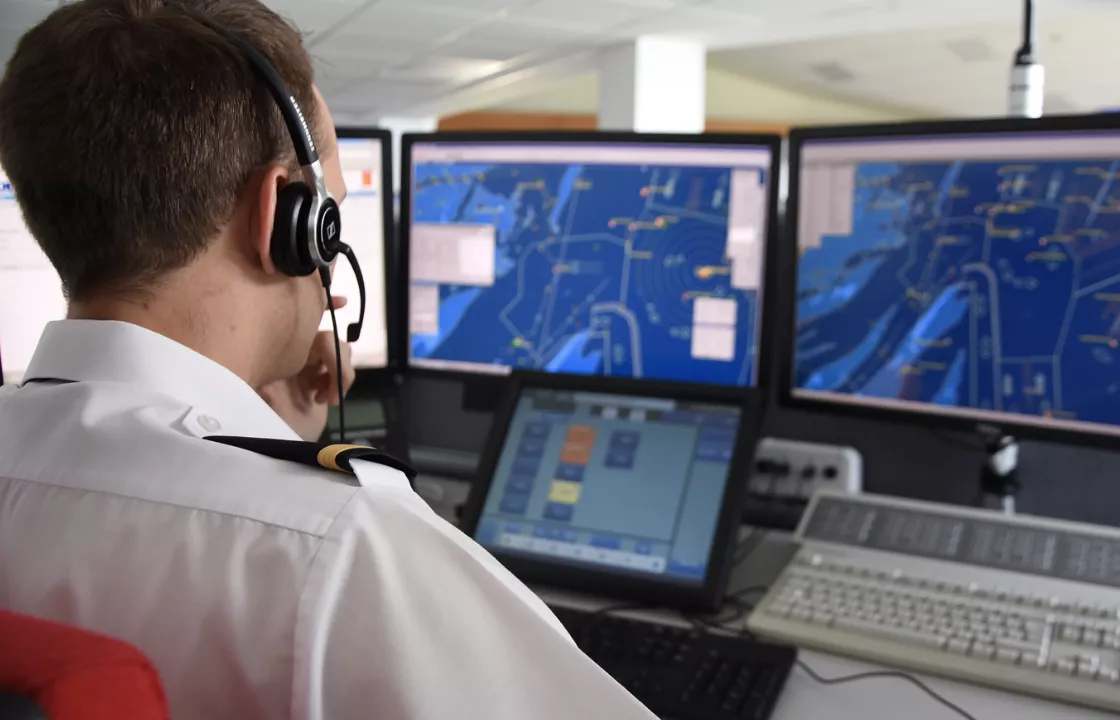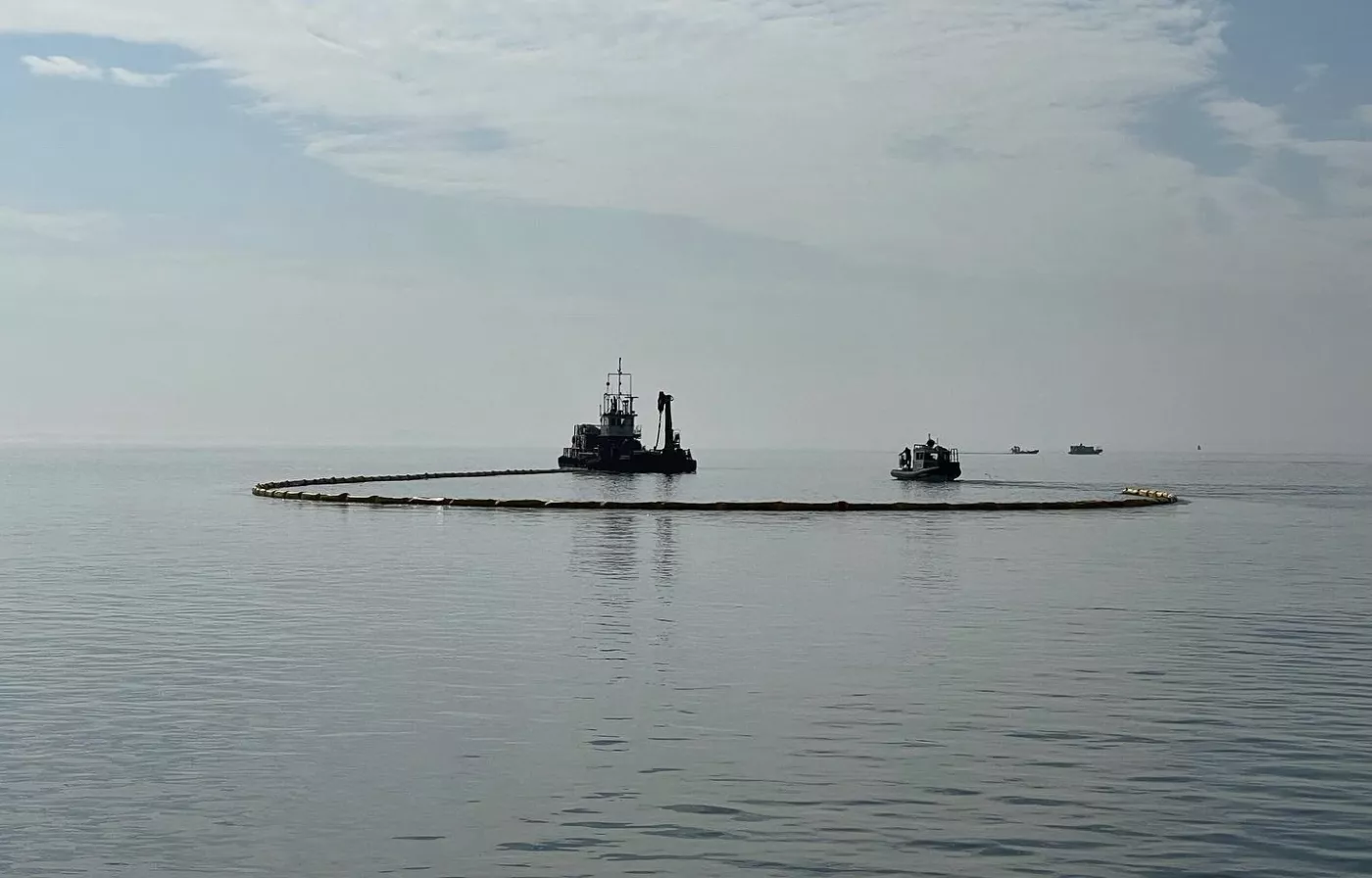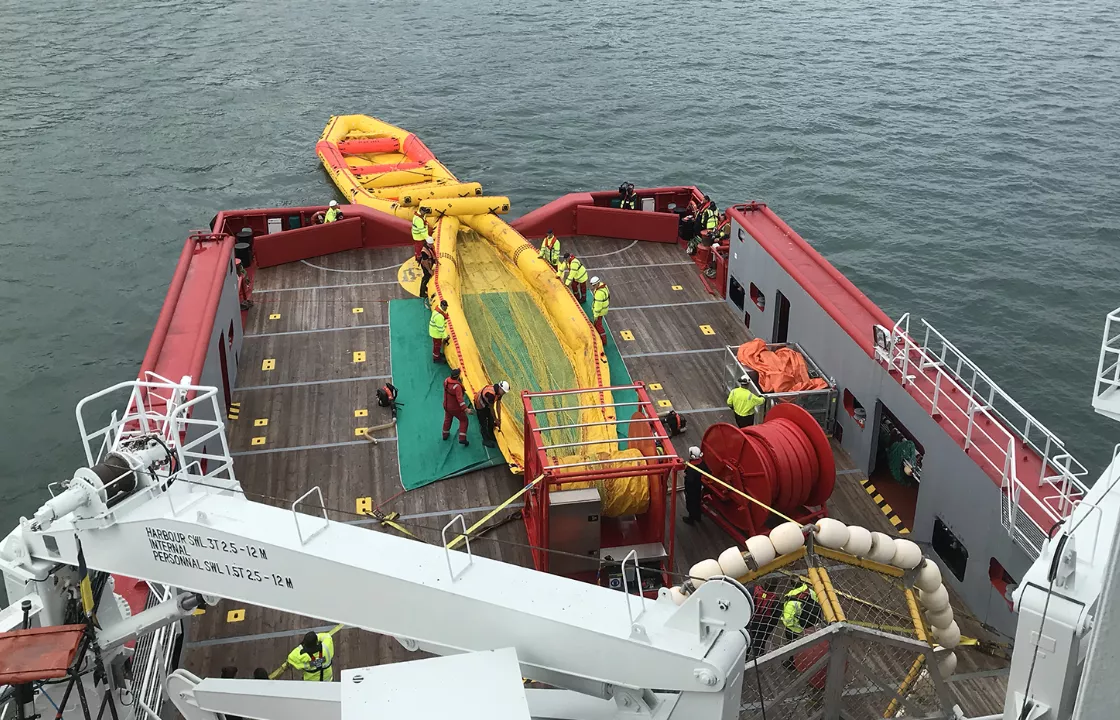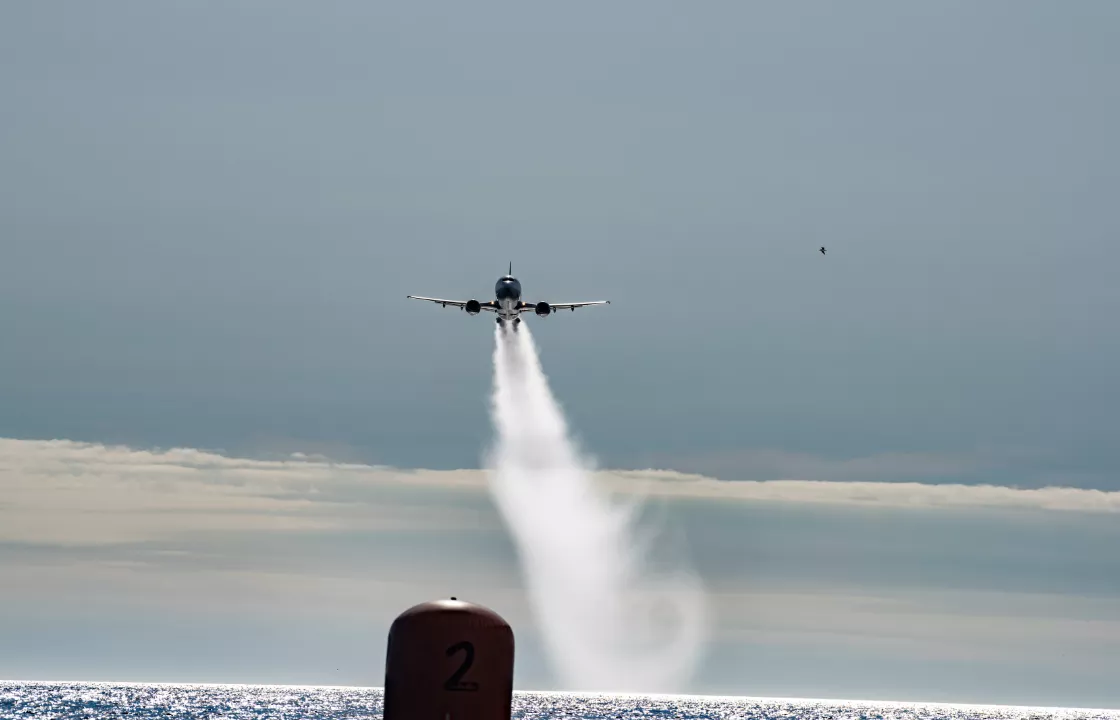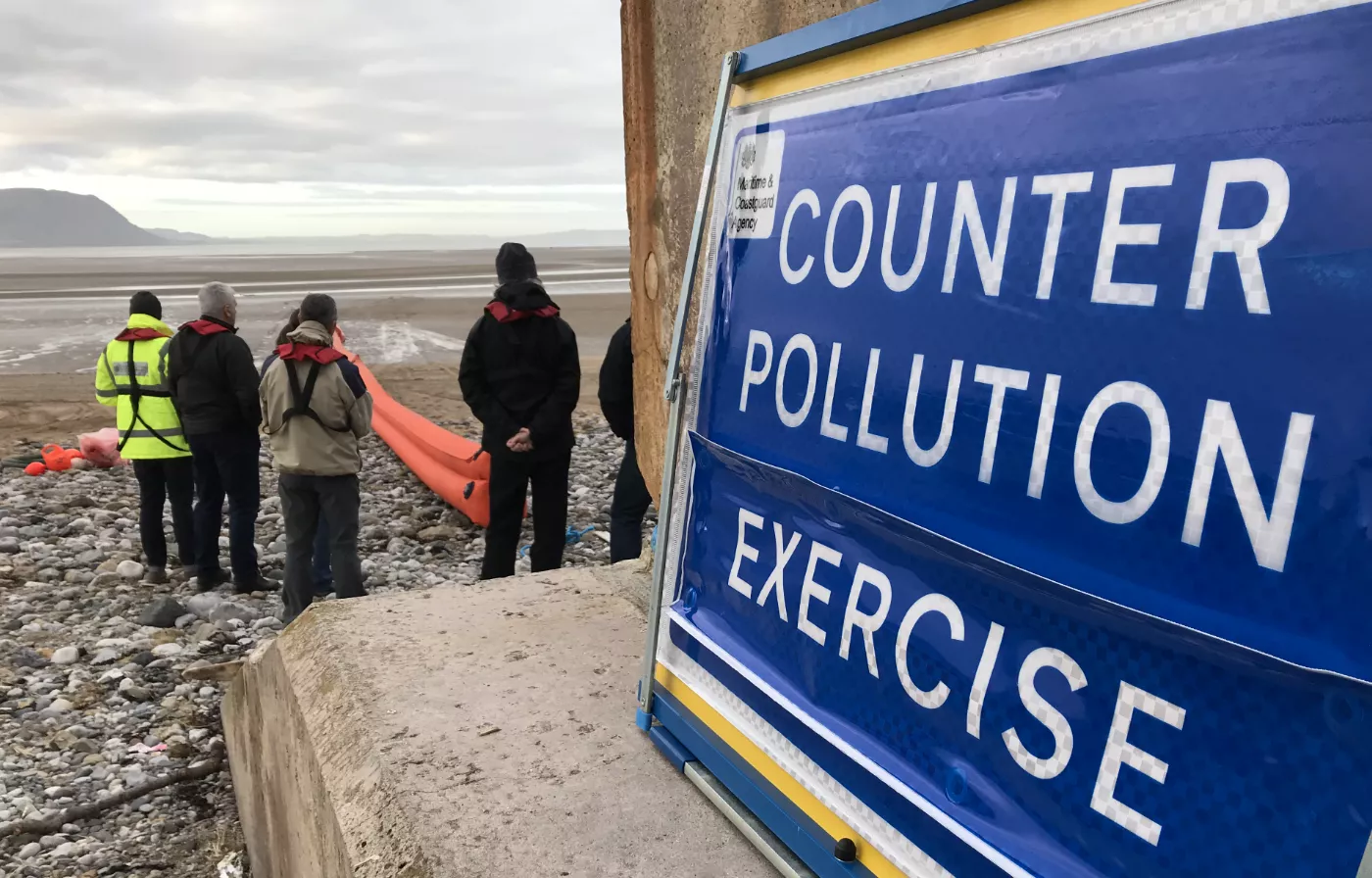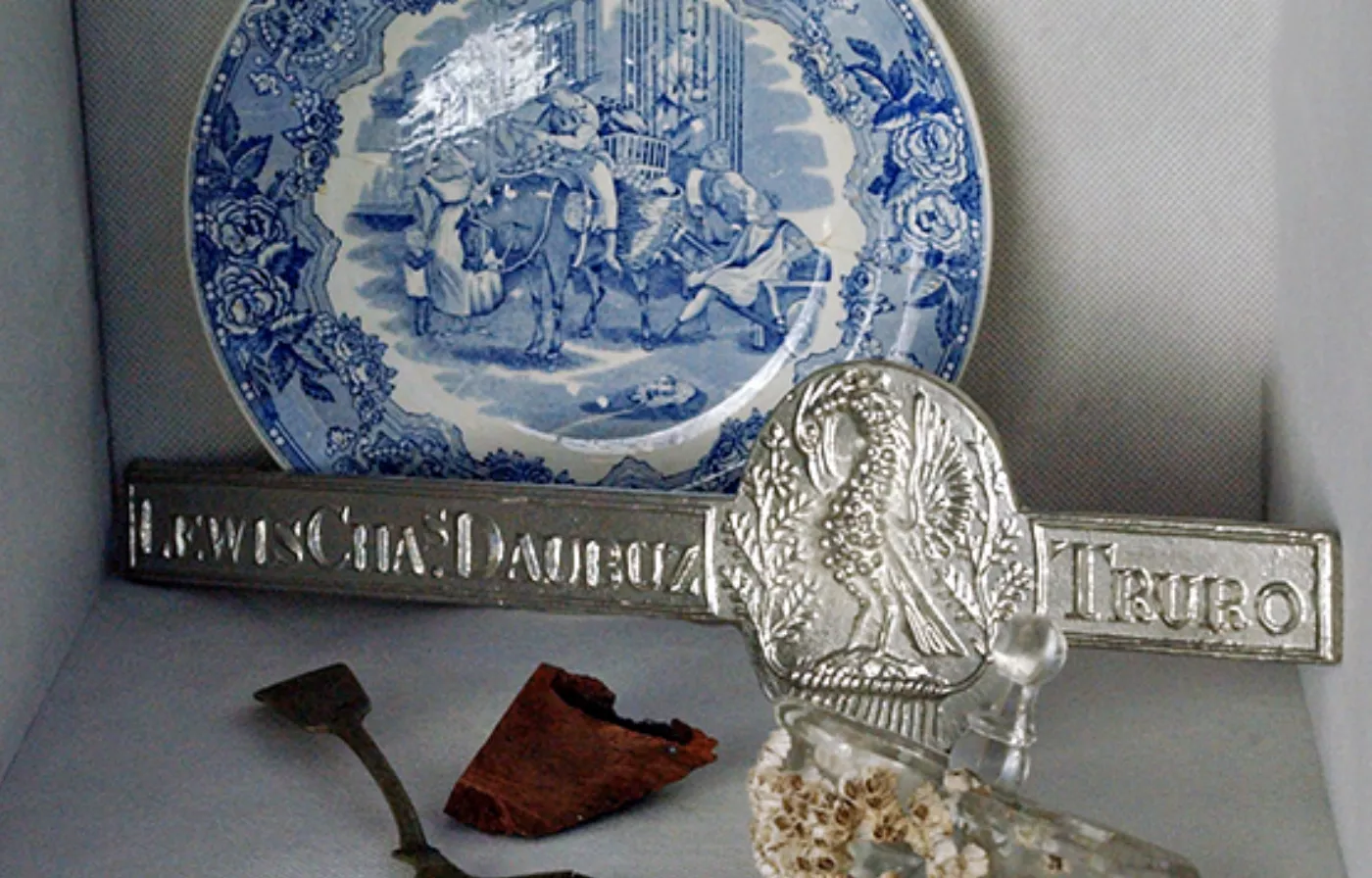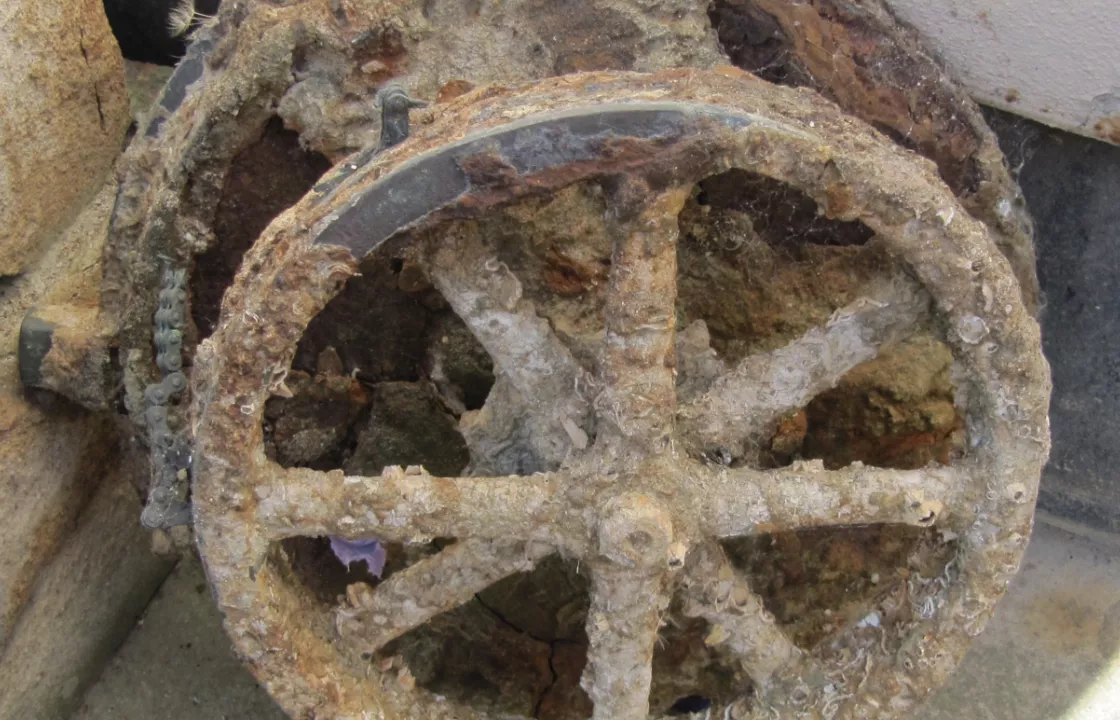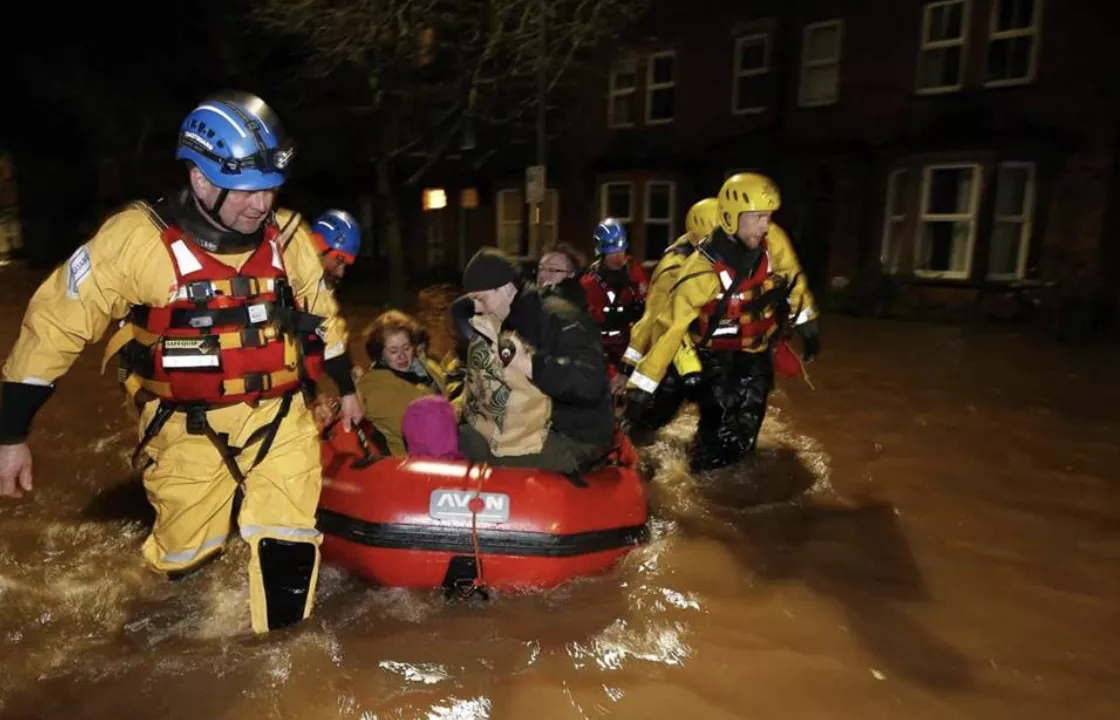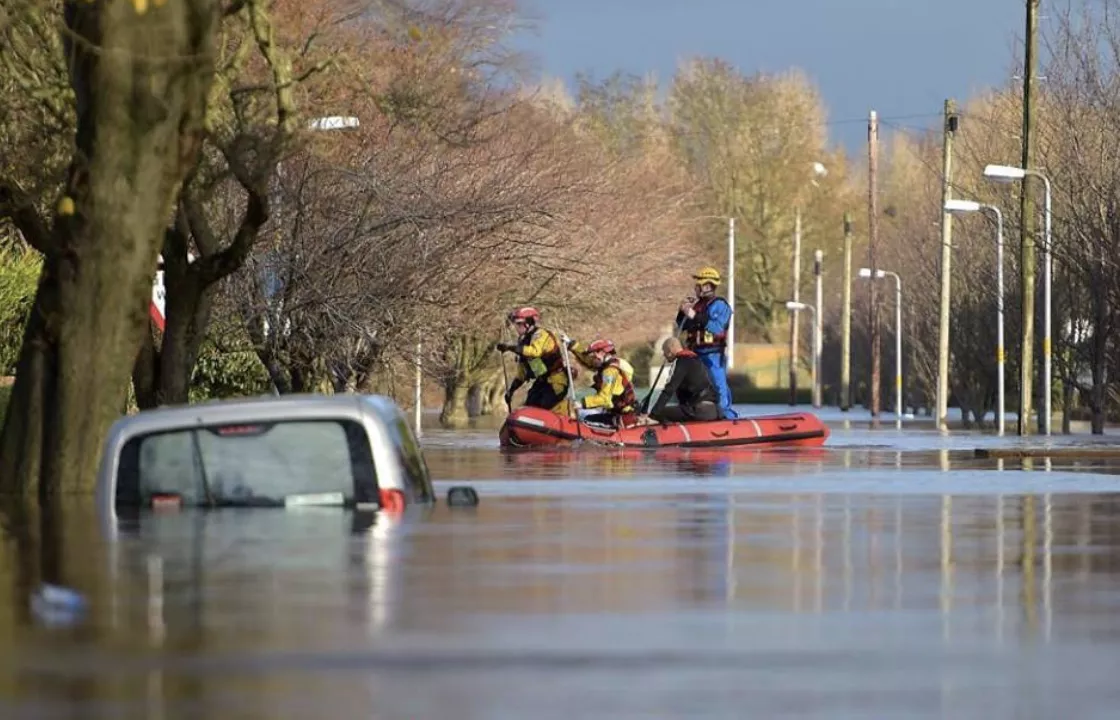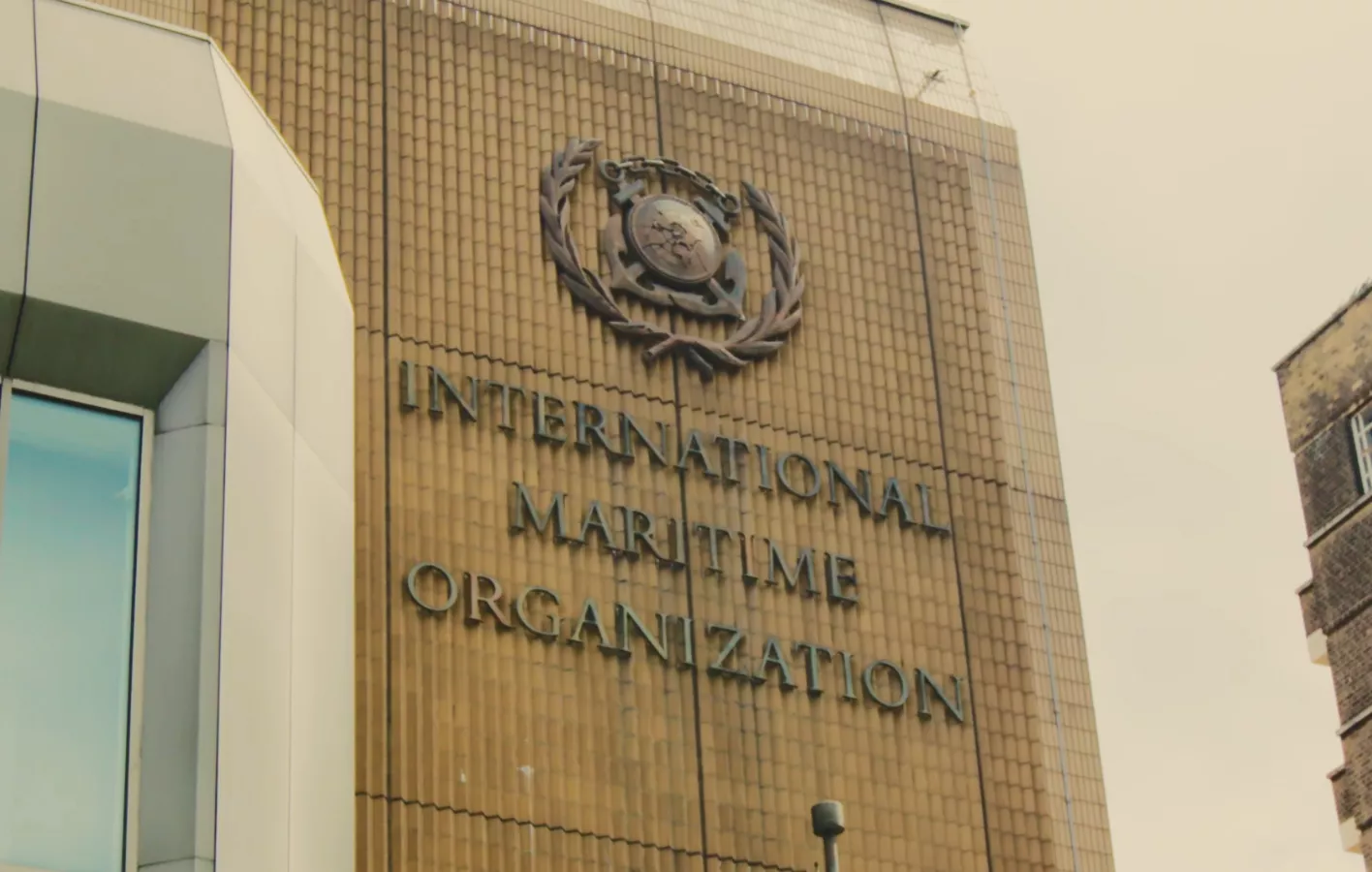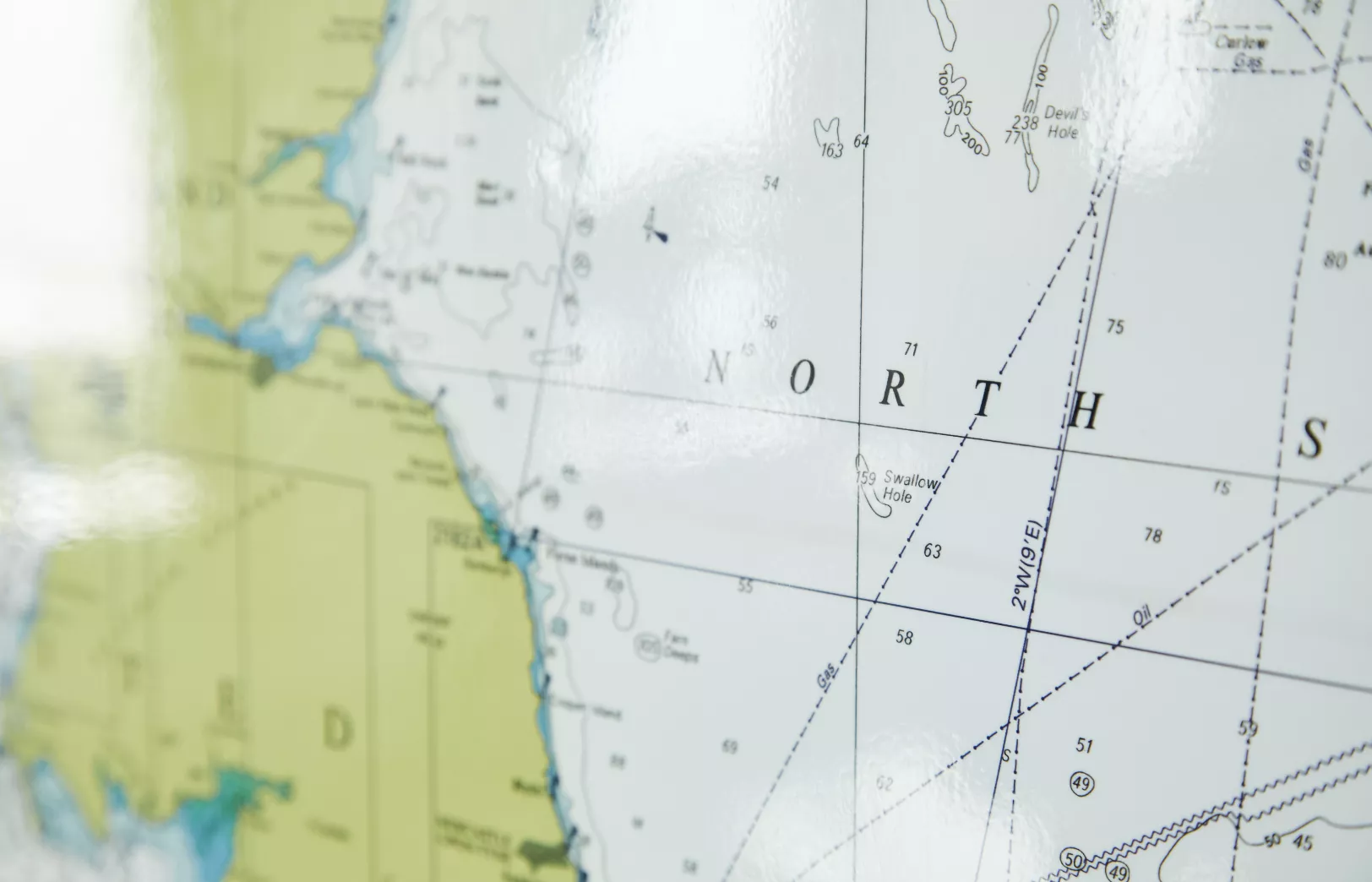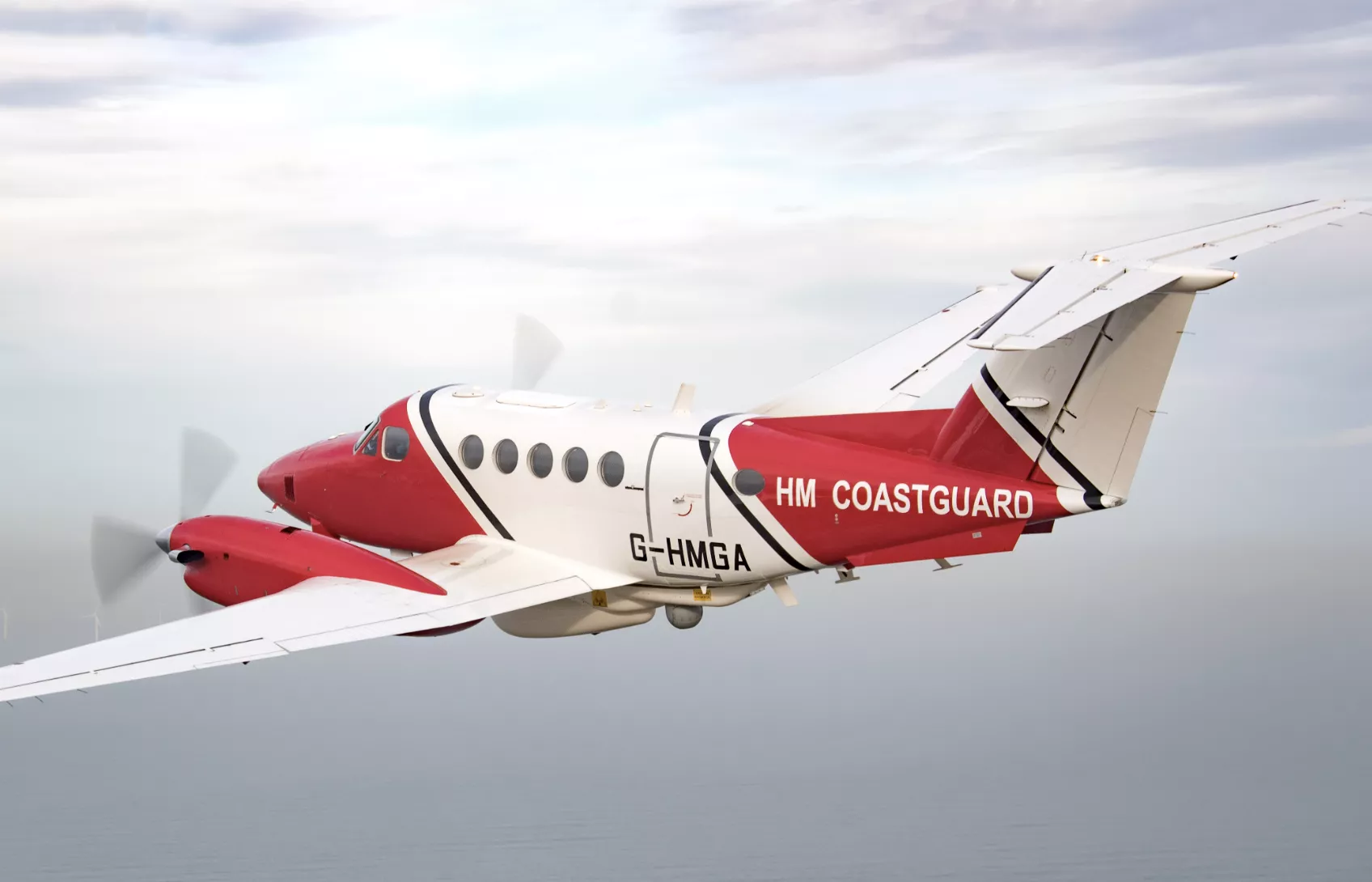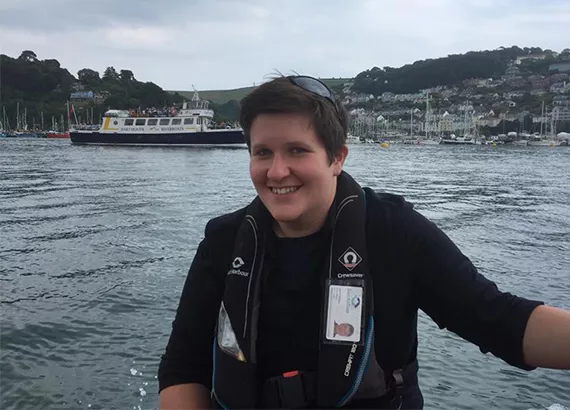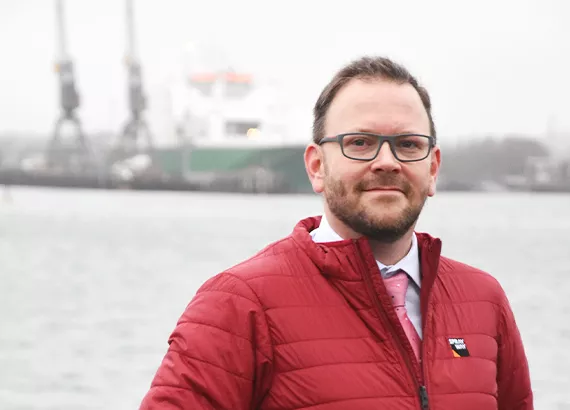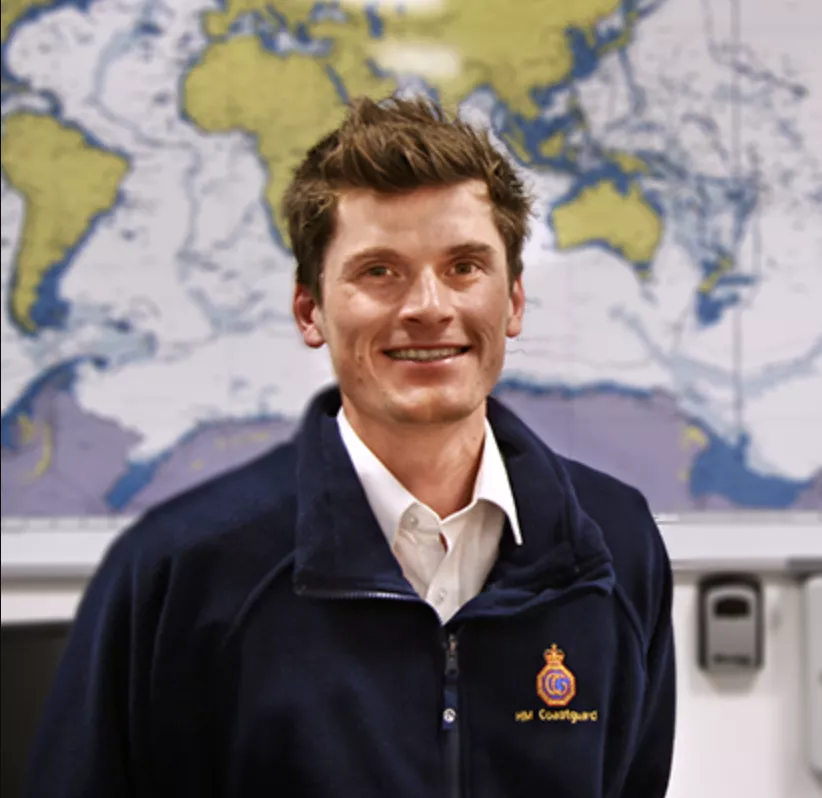HM Coastguard coordinates all maritime search and rescue (SAR) operations in the UK through a network of coastguard stations, operating 24 hours a day. Staff in operations rooms coordinate the response to a variety of incidents from lost or missing people to climbers stuck on cliffs or vessels missing at sea.
HM Coastguard receives requests for assistance in many forms including 999 calls, mayday and pan pan broadcast, calls on VHF DSC and Channel 16 and satellite distress calls.
In an emergency we may send:
- a coastguard rescue helicopter
- coastguard rescue teams
- lifeboats (RNLI or independent lifeboats)
We can also call upon:
- other emergency services
- other vessels at sea, which may assist if a boat is lost or in trouble
The Joint Rescue Coordination Centre (JRCC) based in Hampshire is the heart of the national coastguard rescue coordination system, connecting 10 Maritime Rescue Coordination Centres (MRCCs) around the UK.
Coastguard rescue officers
There are over 3,500 coastguard rescue officers (CROs) who volunteer around the UK coast and are trained in search and rescue skills.
Our volunteers rescue people trapped on cliffs, stuck in mud or struggling in the water. They also undertake a number of other duties such as staffing helicopter landing sites, assisting police in searching for missing people or attending reports of possible unexploded ordnance on beaches.
If you’re interested in becoming a coastguard rescue officer, see Volunteer as a coastguard.
